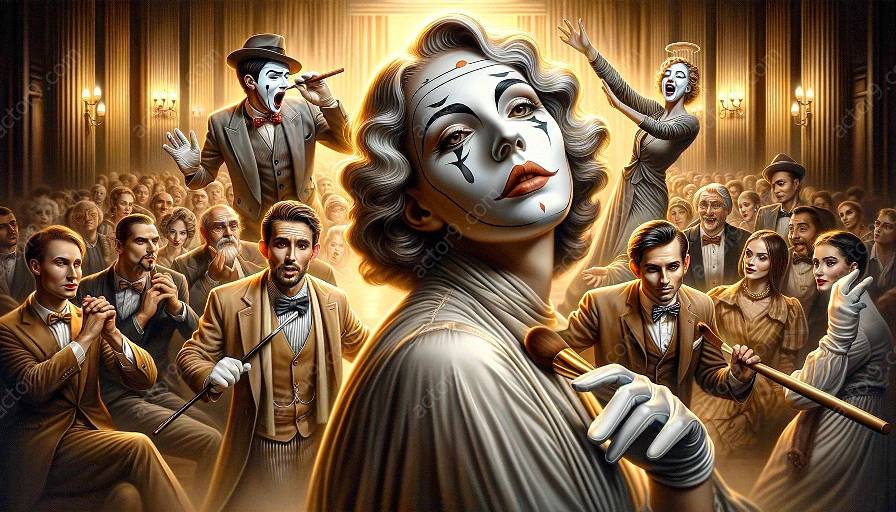Understanding the art of physical comedy and comedic timing involves delving into the innovative performances by famous mime artists and physical comedians, and how they have impacted the development of actors.
Evolution of Physical Comedy and Comedic Timing
Physical comedy and comedic timing have long been integral components of performing arts. The evolution of physical comedy can be traced back to the roots of mime where performers use exaggerated movements, gestures, and expressions to evoke humor without words. This tradition dates back to ancient Greece and has evolved through various cultural influences over the centuries.
Comedic timing, on the other hand, refers to the precise use of pauses, delivery, and rhythm to enhance the comedic effect of a performance. It requires a deep understanding of pacing, anticipation, and execution in order to elicit laughter from the audience.
Influence of Famous Mime Artists and Physical Comedians
Several iconic figures have significantly contributed to the development of physical comedy and comedic timing. One such influential figure is Charlie Chaplin, whose timeless silent film performances showcased a mastery of physical comedy, expressive movements, and impeccable timing. His ability to convey complex emotions and narratives through non-verbal communication laid the foundation for future actors and comedians.
Another luminary in this realm is Marcel Marceau, renowned for his innovative approach to mime and his creation of the beloved character Bip the Clown. His contributions to the art of physical comedy and his mastery of non-verbal storytelling continue to inspire performers worldwide.
Modern-day physical comedians like Jim Carrey and Rowan Atkinson have also left an indelible mark on the evolution of comedic timing. Through their dynamic performances, they have expanded the boundaries of physical comedy, delivering unforgettable moments that blur the line between slapstick and finesse.
Comedy in Acting: Understanding Mime and Physical Comedy
Actors seeking to hone their skills in physical comedy and comedic timing can benefit from studying the techniques employed by famous mime artists and physical comedians. Understanding the nuances of body language, facial expressions, and spatial awareness is essential for creating compelling comedic performances.
Mime, in particular, offers a unique lens through which actors can explore the art of physical comedy. By mastering the art of gesture and movement, actors can become adept at conveying humor and emotions without relying solely on dialogue.
Conclusion
Physical comedy and comedic timing are timeless aspects of performance that continue to captivate audiences across the globe. By tracing their development through the influence of famous mime artists and physical comedians, actors can gain valuable insights into the art of non-verbal communication, timing, and the boundless potential for comedic expression.


























